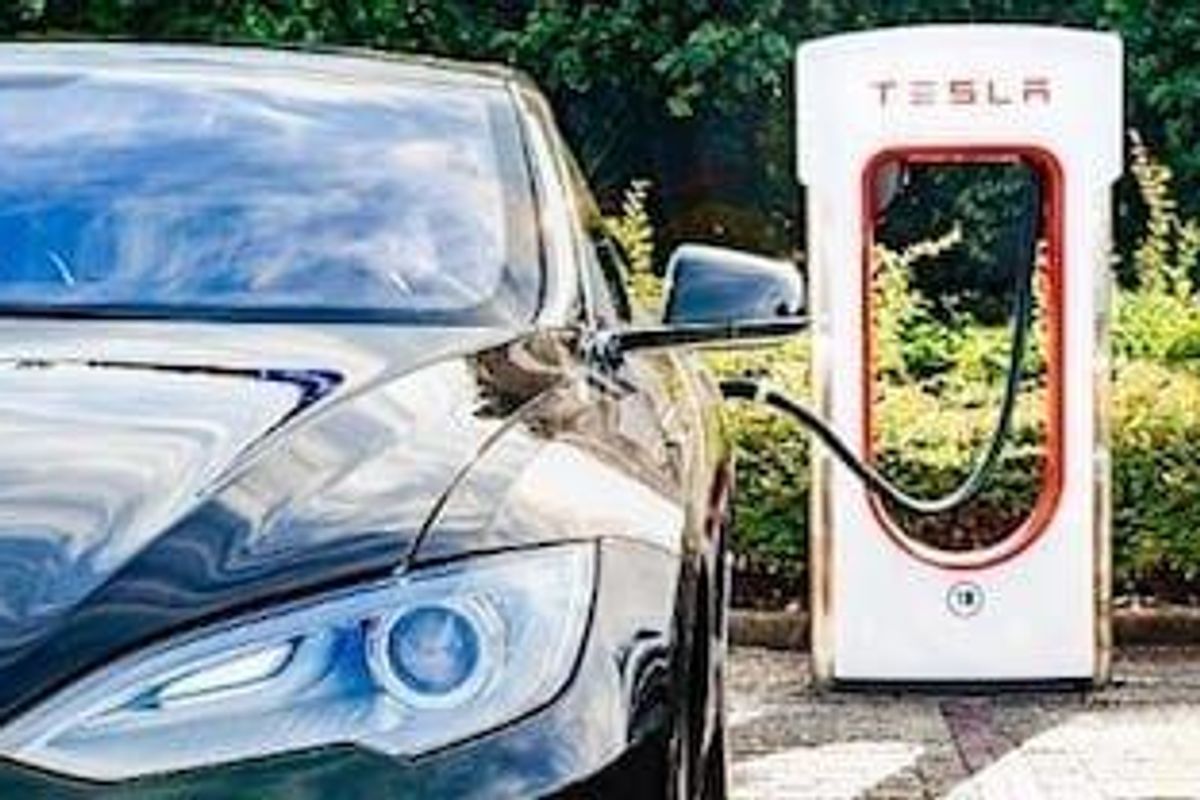The Conversation (2)
Tesla Gigafactory to Boost Battery Production After Rough Start
Oct. 31, 2017 04:40PM PST
Battery Metals Investing
Tesla’s Model 3 went into production in August, but the company missed delivery targets by a wide margin. Improvements are expected soon.
Lithium-ion battery output at Tesla’s (NASDAQ:TSLA) Nevada-based gigafactory is set to increase after difficulties earlier this year.
Panasonic (TSE:6752), which runs the $5-billion operation with Tesla, said on Tuesday (October 31) that the causes of the bottlenecks that slowed production are now understood.
Tesla began manufacturing its Model 3 cars in August, but missed delivery targets by a wide margin. At the time, CEO Elon Musk said the company expected to produce 1,500 cars in September alone; however, it ultimately rolled out only 220 Model 3 sedans in the third quarter of the year.
Delays in the automation of the battery pack production line meant some stages had to be completed manually, said Kazuhiro Tsuga, CEO of Panasonic, the world’s largest automotive lithium-ion battery manufacturer. “This process [for battery packs] will be soon automated, and then the number of vehicles to be produced will rise sharply,” he added.
Making this process automatic is key for Tesla as it is aiming to raise its annual electric vehicle output to 500,000 cars by 2018. The company is mass producing lithium-ion batteries to power them.
Tesla, which is expected to release quarterly results tomorrow (November 1), is facing fierce competition from other car manufacturers as they aim to electrify most of their models.
“Not only does the miss undermine the credibility of future Model 3 targets, but it increases the near-term risks,” wrote UBS (NYSE:UBS) analyst Colin Langan in a research note to clients. “Moreover, competing electric vehicles are coming, and a long delay could reduce Tesla’s market share opportunity.”
Analysts have also said Panasonic’s massive gigafactory bet makes the firm highly sensitive to Tesla’s strategy. The Japanese company sees batteries as central to its plan to nearly double its automotive business revenue to 2.5 trillion yen by the year through March 2022.
As demand for electric cars increases, the need for lithium-ion batteries is expected to soar, reaching 750 GWh by 2026. According to Benchmark Mineral Intelligence, in order to fulfill this demand outlook, supply of lithium carbonate equivalent will need to increase to 550,000 tonnes from 75,000 tonnes last year.
“The challenge for the industry is to turn a specialty niche into a mainstream, scaling up the specialty product, which will be a big shift [in the space],” Benchmark Mineral Intelligence Managing Director Simon Moores recently told the Investing News Network. Click here to listen to the full interview.
Don’t forget to follow @INN_Resource for real-time news updates!
Securities Disclosure: I, Priscila Barrera, hold no direct investment interest in any company mentioned in this article.





